Portrait Poses
There are three basic positions for someone’s head and face in a portrait.
- Front view
- 3/4 view
- Profile

Front view.
Photographer: Celeste Sloman

Photographer: Celeste Sloman
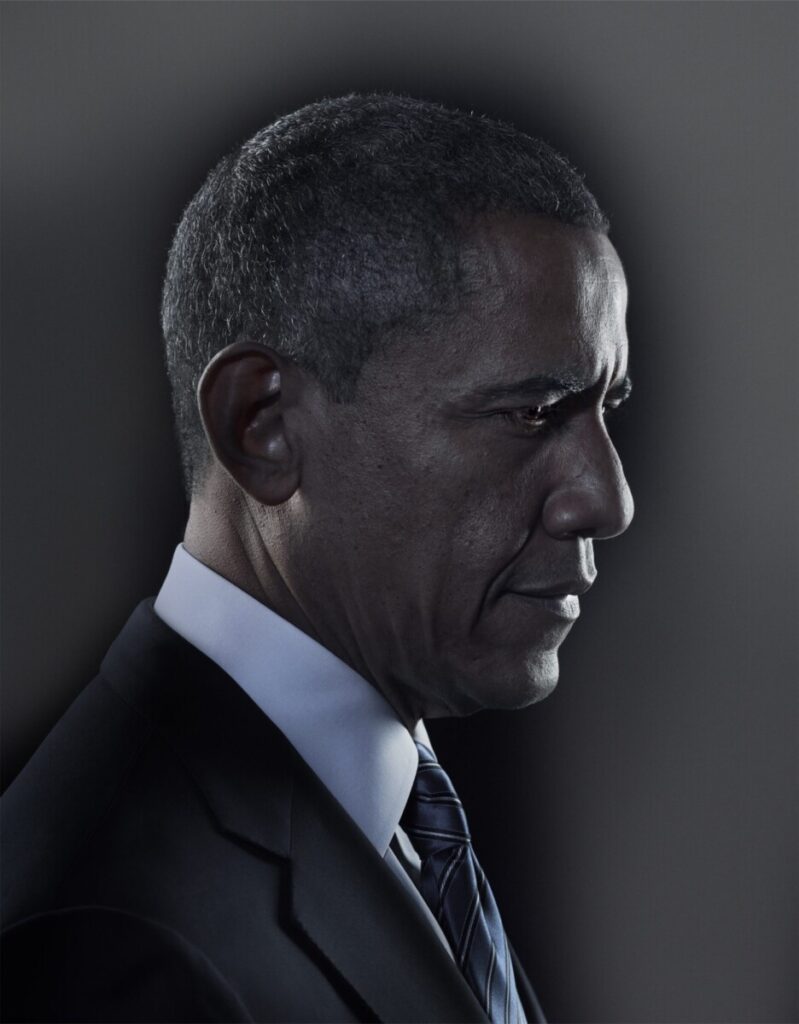
Photographer: Nadav Kandar
Expression
For family photos a smile is a must but not so for a portrait. It is however important that your subject look comfortable. It is your job as the photographer to talk with your subject and make them feel comfortable.
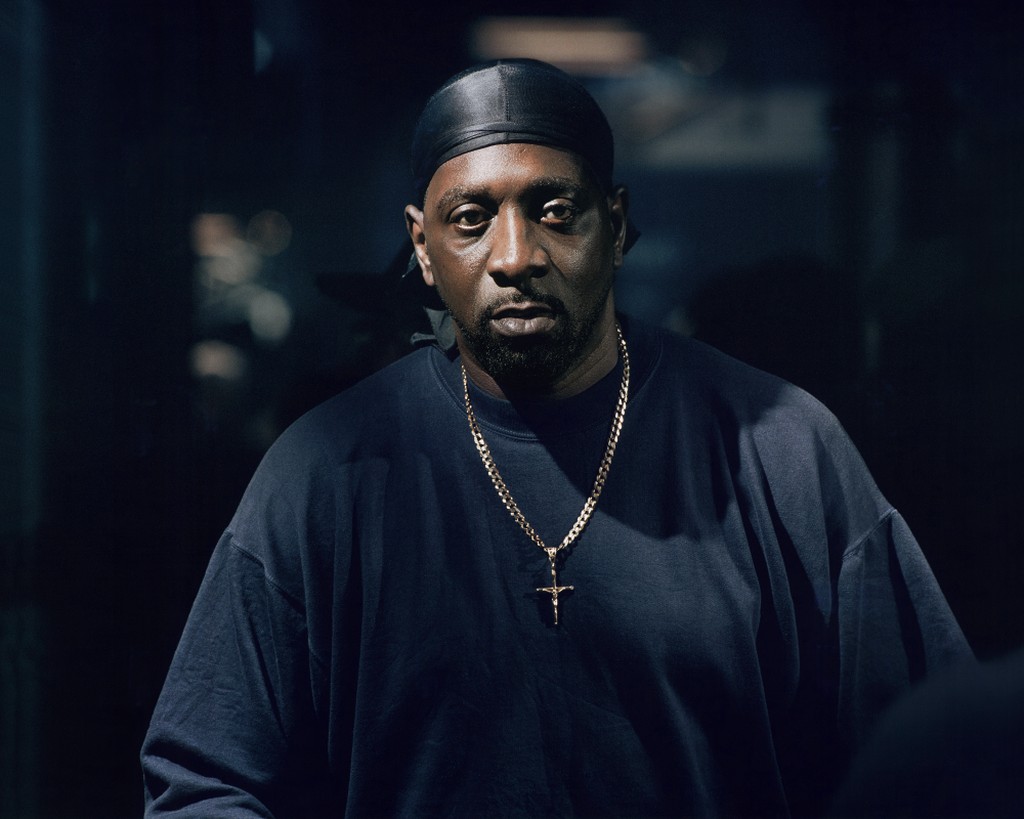
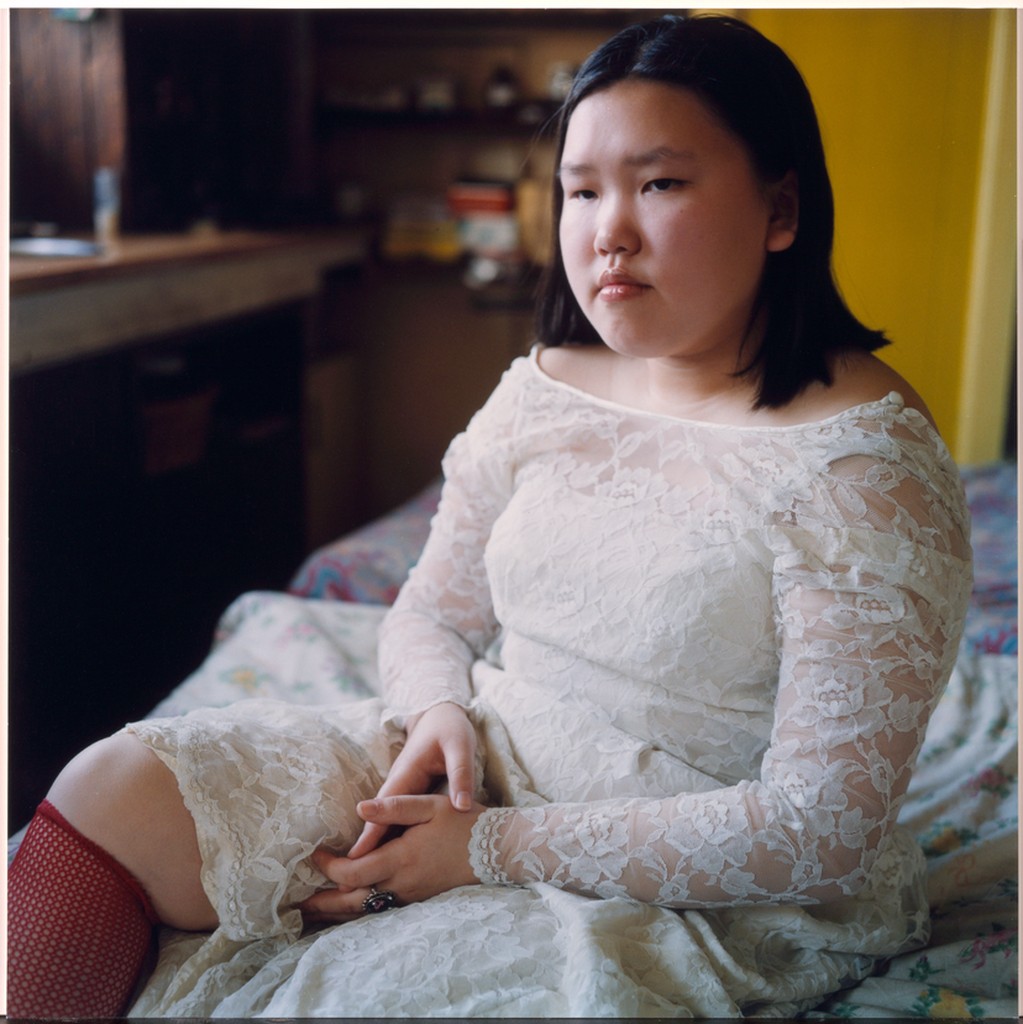
Focus
When shooting a portrait, the subject’s eyes must be in focus. Full stop. Period.
Inspiration
@dont_smile_nyc
https://www.instagram.com/dont_smile_nyc/
Considerations for any portrait:
Use a vertical orientation.
Focus on the model’s eyes.
Watch the background for distracting things behind the model’s head.
Considerations for outdoor portraits
Work with the model in shade or place the model with the sun BEHIND their head.
Use a reflector to add light to their face.
Do not use direct sunlight on the model’s face.
Resource
Using Fill flash
Ambient Light-the existing light that you cannot control
Fill Flash-brightens shadows
Built-in flash-part of the camera and throws light about 6 to 10 feet
External flash-added to the camera on the hot shoe and can throw light 15 to 20 feet
E–TTL (Evaluative-Through The Lens) is a Canon EOS flash exposure system that uses a brief pre-flash before the main flash in order to obtain a more correct exposure.
Use M or manual.
1/1 is full power. for fill flash, try 1/16 and adjust from there.
Use Zoom to spread or focus the light. Wide angle numbers (smaller numbers) spread the light. Higher numbers focus the light.
High speed sync-allows the camera to be set at shutter speeds higher than the camera sync speed
Resource
Lab
Homework
Submit to the CUNY Photo Challenge by Oct 28th! 1 pt of extra credit if you send me the screen shot of your submission.

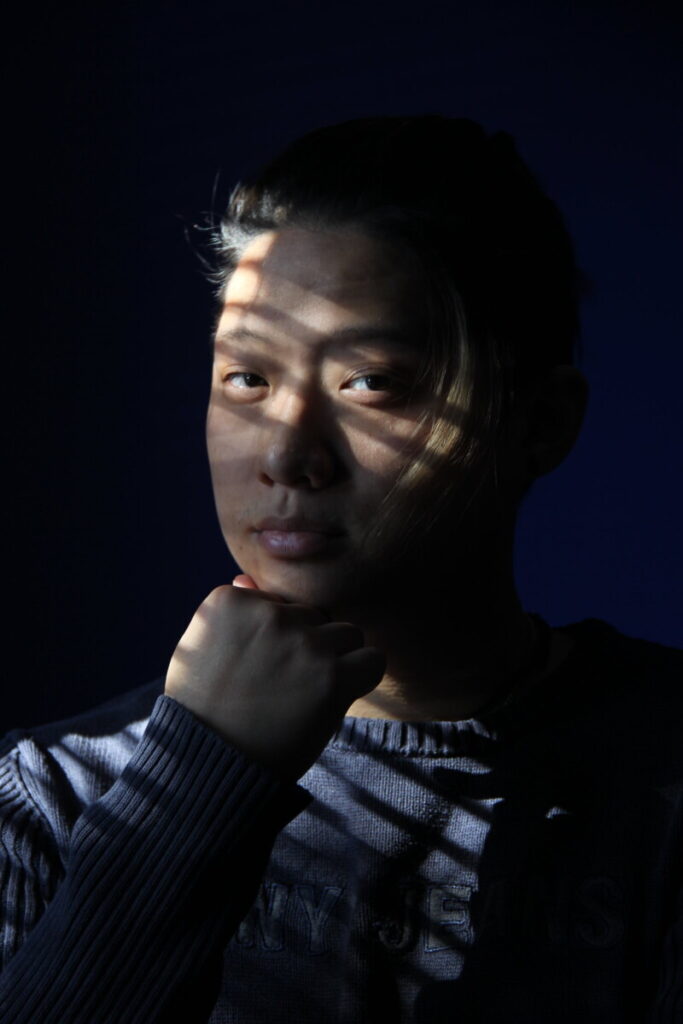
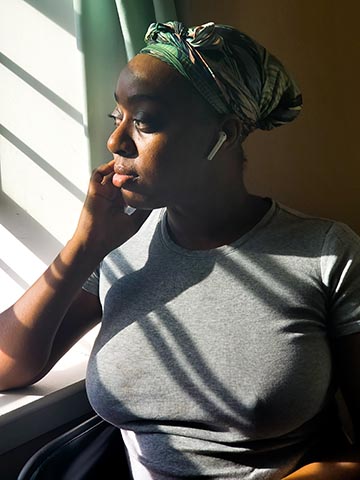
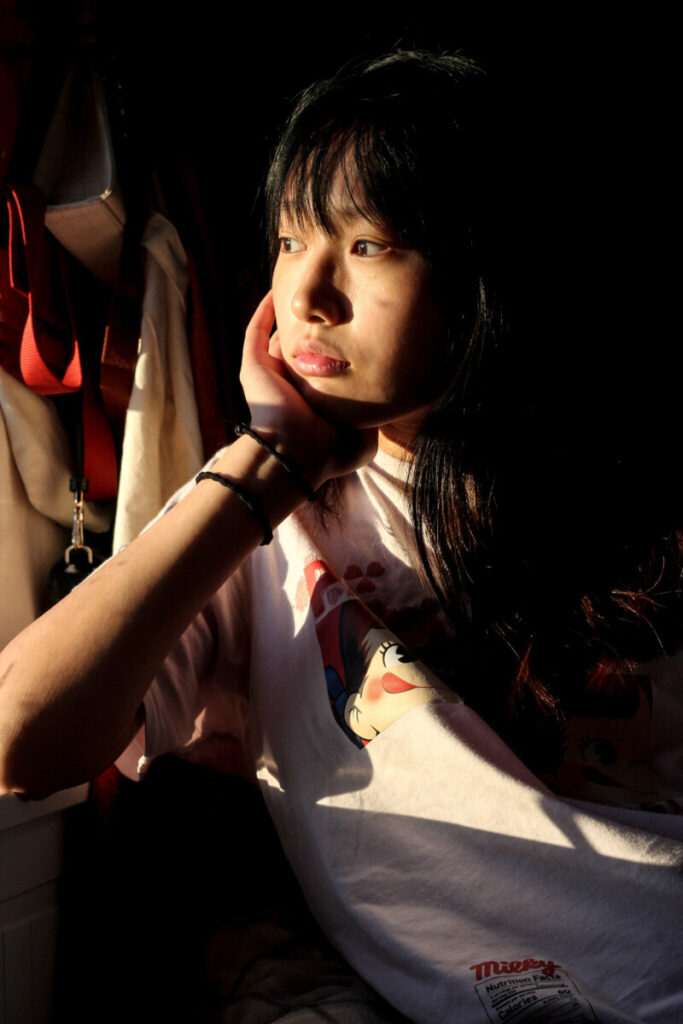
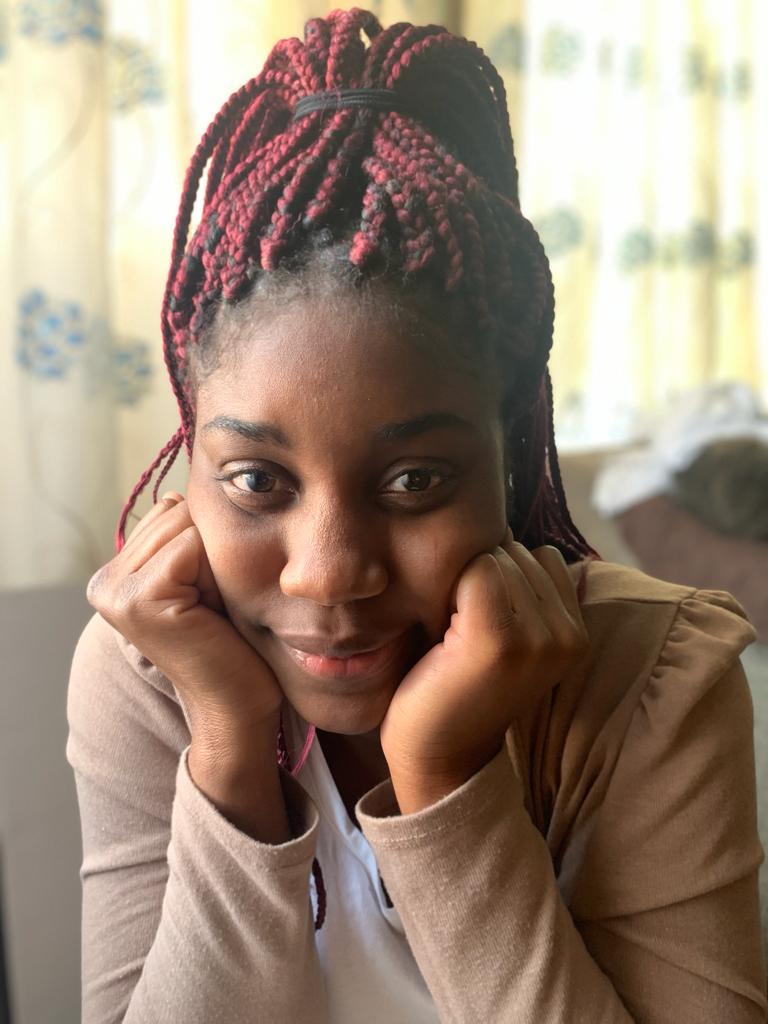
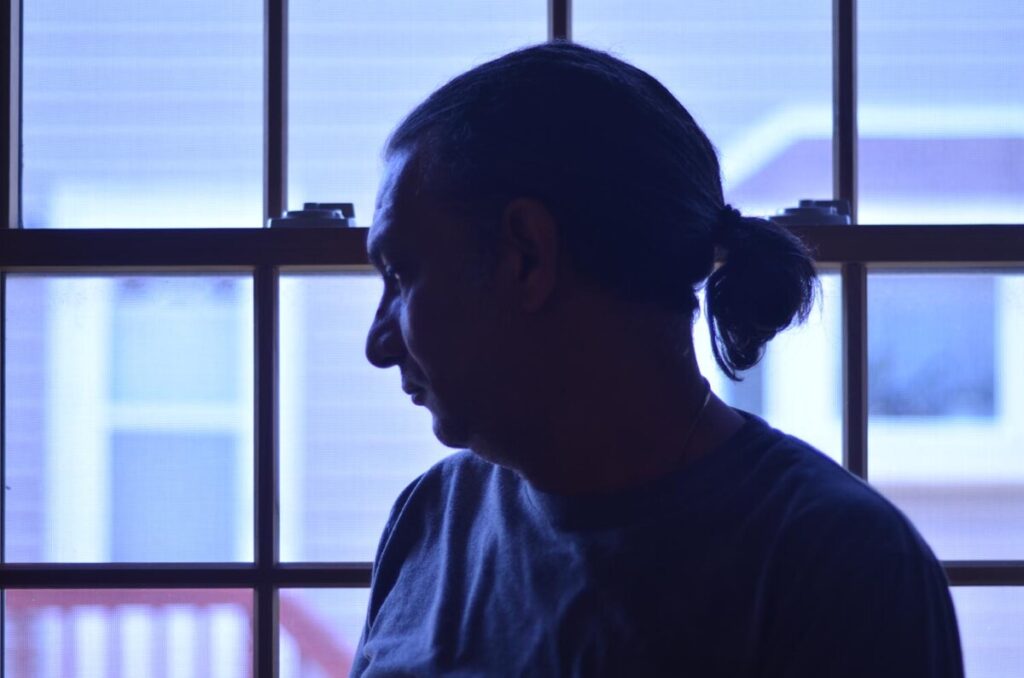

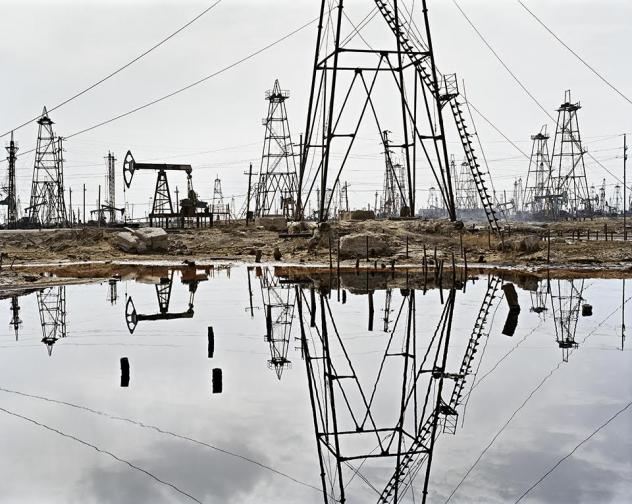




Recent Comments